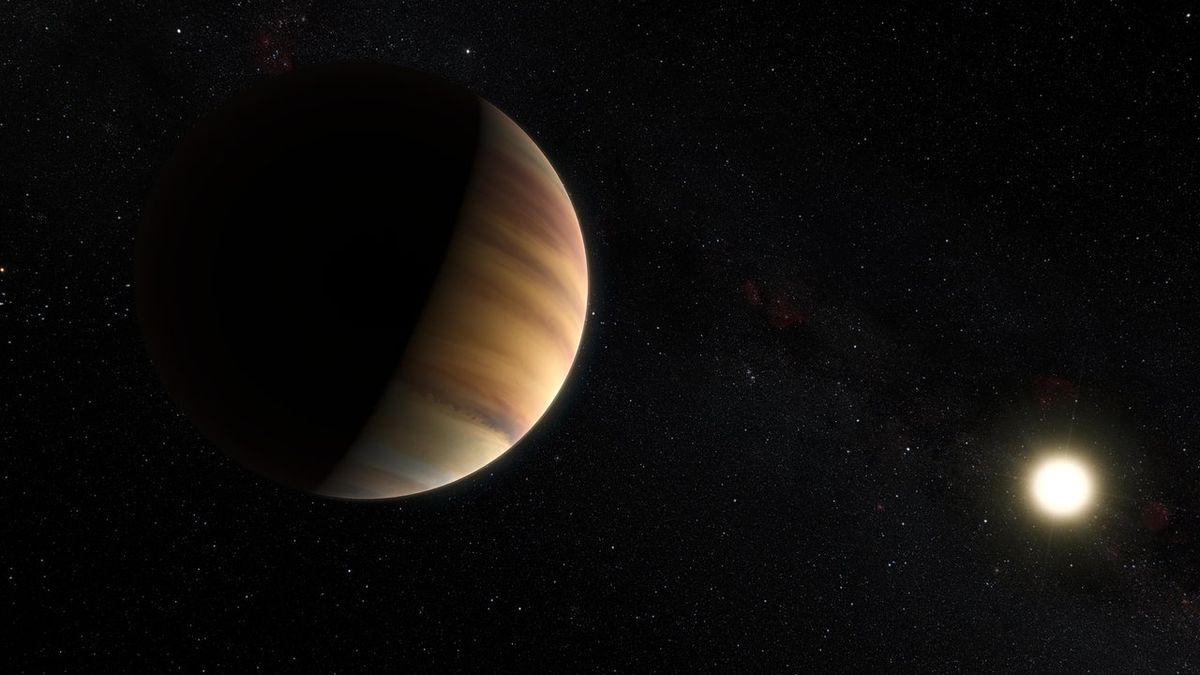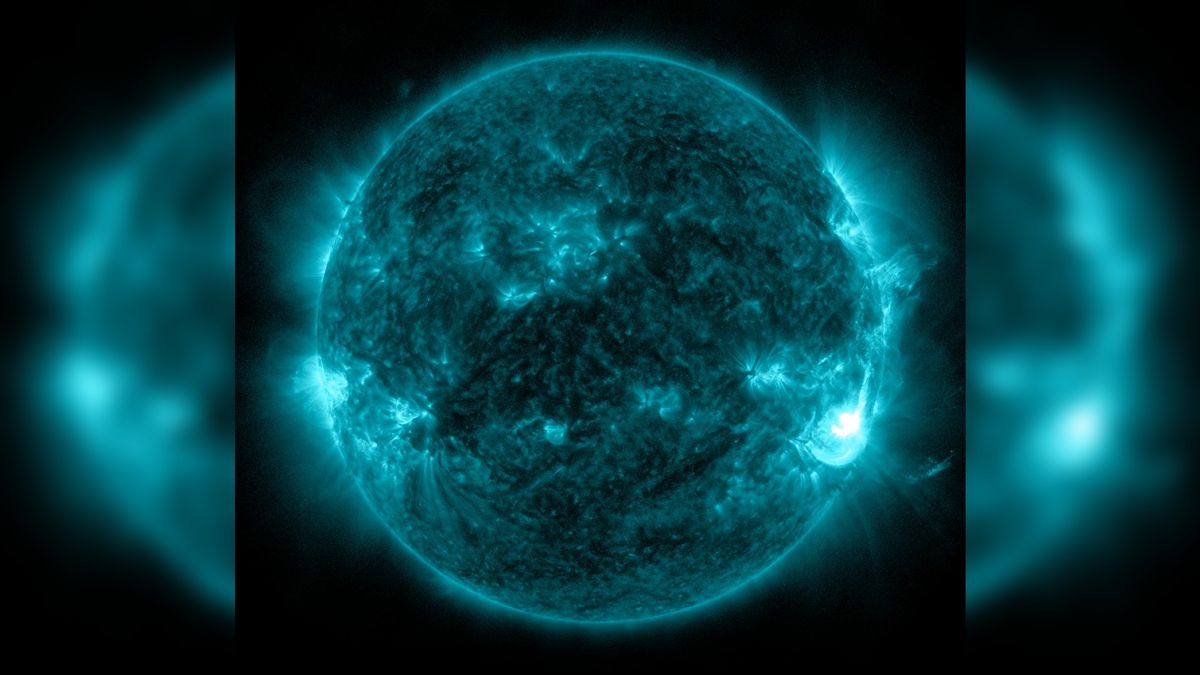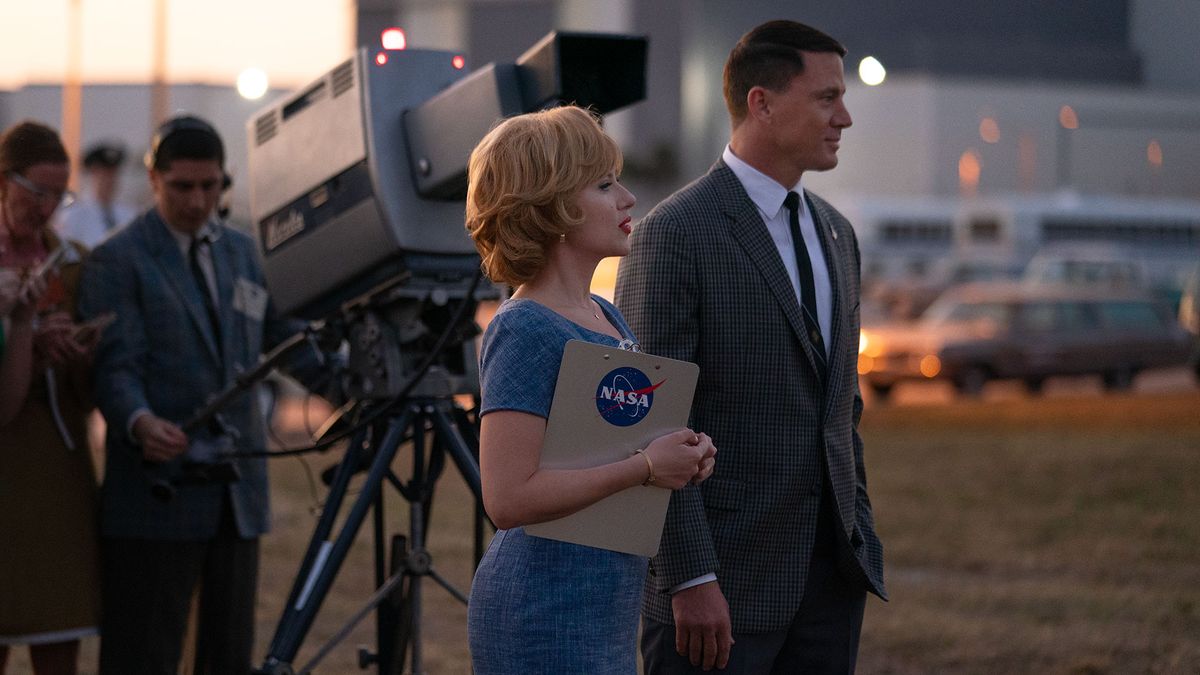Trends in Depicting Exoplanets in Science Fiction
Transformations in the portrayal of exoplanets within the realm of science fiction have undergone a significant evolution since the inaugural discovery of a real exoplanet’s existence orbiting a sun-like star back in 1995. A recent study conducted by academic researchers affiliated with the University of St. Andrews in Scotland delves into this intriguing metamorphosis.
Origins of Exoplanet Exploration in Science Fiction
Prior to the definitive confirmation of planetary bodies encircling distant stars, human imagination had extensively explored these fantastical worlds through the captivating narratives of science fiction. Whether through the intrepid voyages of the starship Enterprise in the iconic “Star Trek” series, the epic battles of the Rebel Alliance depicted in the original “Star Wars” trilogy, or the vividly crafted novels penned by luminaries such as Isaac Asimov, Ursula Le Guin, and Frank Herbert, the genre had preconceived notions replete with expansive world-building. Galactic empires, alien fauna, and Earth-like habitable planets illustrated a tapestry of imaginative possibilities.
However, the groundbreaking discovery of 51 Pegasi b in 1995 by Michel Mayor and Didier Queloz heralded a new era. Featuring the first confirmed exoplanet orbiting a star akin to our sun, this momentous occasion signified a transition from relying solely on speculative fiction to comprehend alien worlds to utilizing authentic data. The relentless influx of discoveries in the realm of exoplanet research since then has offered a wealth of information. As of the latest count on March 12, 2024, NASA has cataloged an impressive tally of 5,595 confirmed exoplanets distributed across 4,160 unique planetary systems, with over 10,000 additional planetary candidates awaiting official confirmation.
Transition in Science Fiction Narrative Post-1995
The recently conducted investigation by Emma Puranen, Emily Finer, Christiane Helling, and V. Anne Smith from St. Andrews scrutinizes the evolving trends in science fiction storytelling pre and post the pivotal discovery of 51 Pegasi b. They meticulously collated a dataset comprising 142 fictional planets, evenly distributed across the timeline before and after 1995. Drawing upon contributions from the research team and anonymous submissions gathered through a Google form shared across various platforms, the selection aimed to capture a diverse assortment of fictional celestial bodies without dominance from prominent franchises like “Star Trek” or “Star Wars.”
Characterizing each fictional planet based on nine distinctive variables, the researchers then employed a Bayesian network analysis to identify overarching patterns within the narratives. This methodological approach, typically uncommon in literary and media studies, focused on the interconnection between variables to unveil underlying influences and trends.
Implications of Data Analysis for Science Fiction
The nine variables encompass diverse elements like the fictional planet’s debut pre or post-1995, its location within the habitable zone of its star, the presence of native or intelligent life, atmospheric composition, and categorization based on media platform. The researchers discerned intriguing relationships between these factors, signifying a symbiotic relationship between the evolving genre and real scientific discoveries concerning exoplanets.
Noteworthy findings derived from the study underscore how science fiction narratives have adapted to mirror contemporaneous scientific insights. The prevalence of Earth-like habitable planets and themes of colonization have diminished post-1995, aligning with a growing consciousness regarding the ethical ramifications of human expansion into alien territories. Moreover, a marked divergence from grandiose galactic empires and intelligent alien civilizations signifies a shift towards more grounded, scientifically informed storytelling within the genre.
While acknowledging the inherent bias in fictional narrative construction to serve plot-driven purposes, the study underscores the potential of science fiction as a communicative tool for disseminating scientific knowledge responsibly. By aligning with prevailing scientific consensus, the genre serves as a reflection of evolving discoveries in exoplanetary research, bridging the realms of speculative fiction and empirical science.
Published on March 4, these insights were detailed in the Journal of Science Communication.
Image/Photo credit: source url





